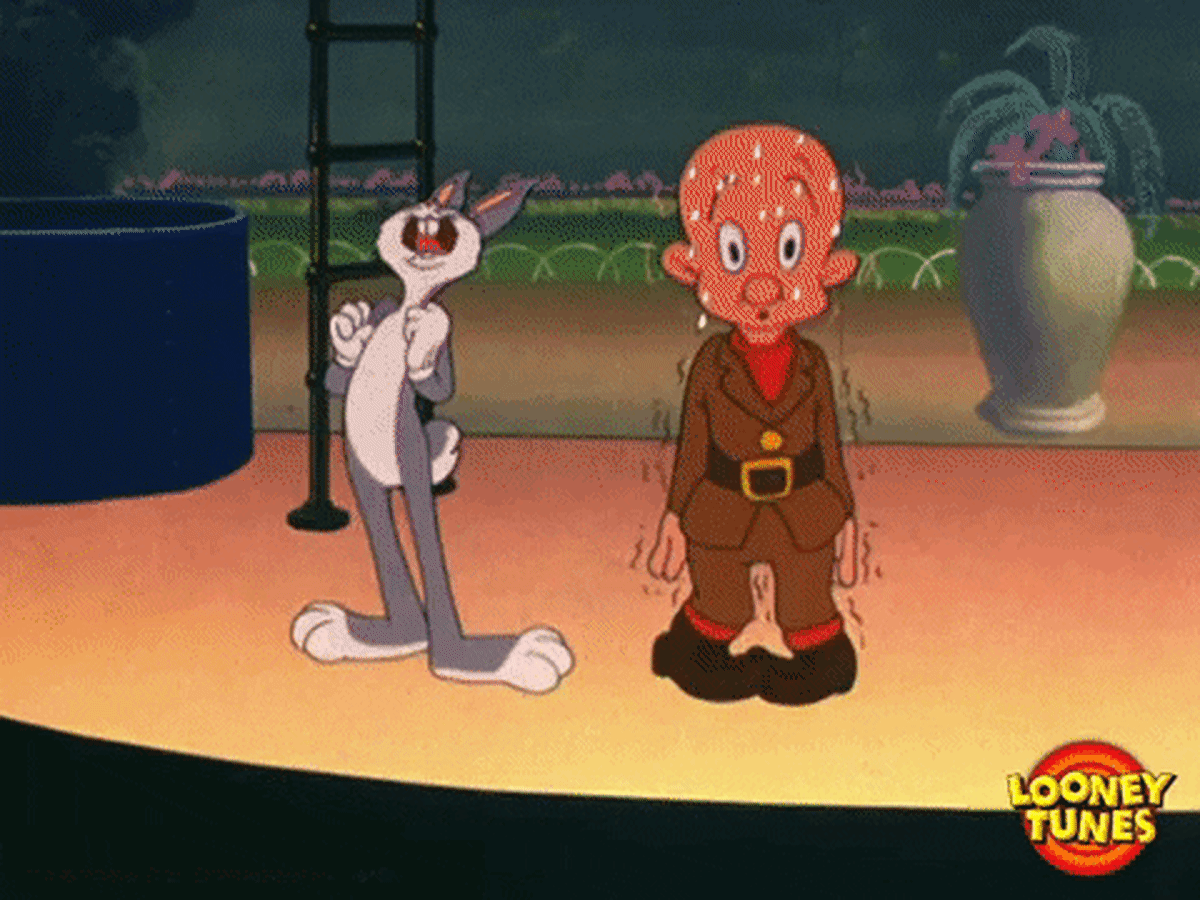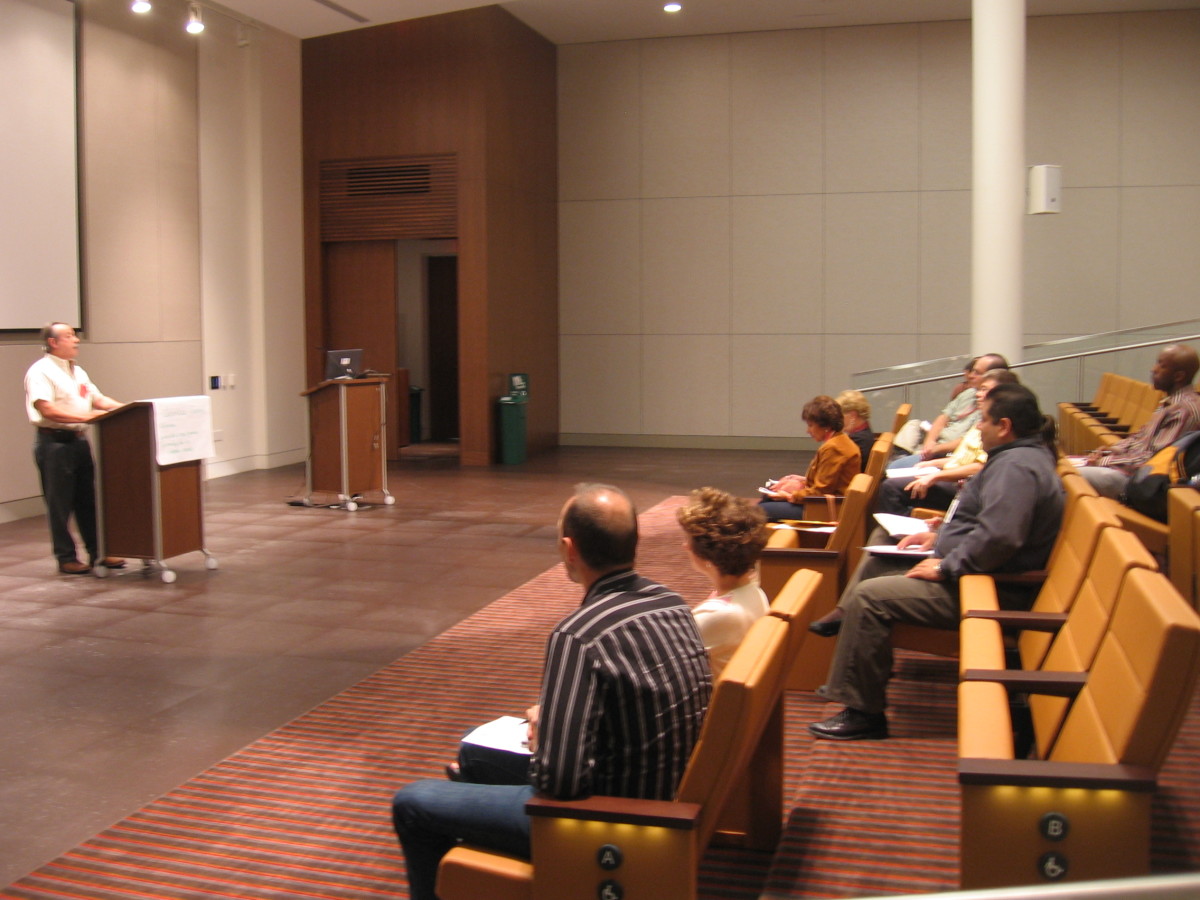Speaking Tips: Padding Out a Story: Yes or No
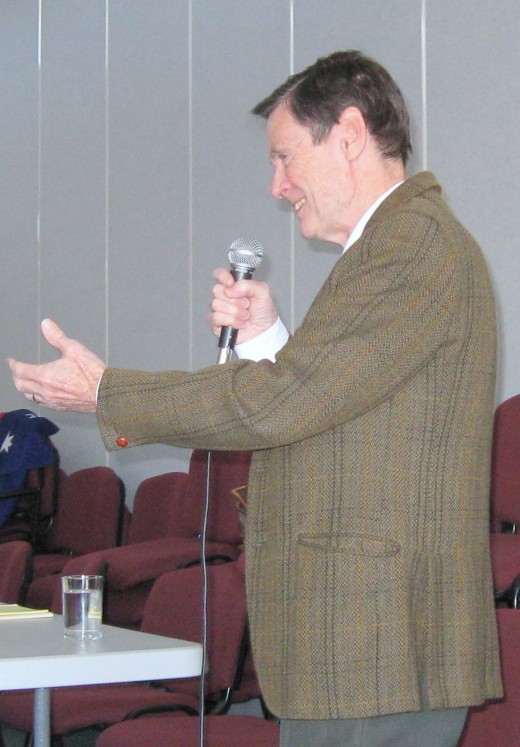
Speaking Tips on Storytelling
Recently, I attended a workshop on Public Speaking where two of Toastmasters International’s most lauded presenters, Craig Valentine and Darren LaCroix, both World Champion speakers, gave of their wisdom. The duo placed an especial emphasis on the use of storytelling to not only get a point across, but to have that point remembered. During the workshop they invited a number of people from the audience to come up on stage so that they could evaluate the audience members’ performance and give them some tips on how to improve. Of the four who were invited up, I was number three.
Padding out a story: yes or no?
Whilst up on stage, Craig gave me some valuable tips on how to use the ‘stage-space’ to better effect. The ‘stage line-time line’ was one of these, and I will certainly keep it in mind. It was all good stuff. However, there was one point made by Craig that I did not agree with. That was his advice that a story should be cut down, shortened, rather than ‘padded out.’ As a storyteller who has been entertaining audiences for over thirty years, I could not agree with this; though I had the commonsense not to say so before an audience of over two hundred people and thereby cause a furor. For as a storyteller, I know that a story which can be told in half-a-dozen terse sentences, dealing strictly with the facts. Done in this way, it can be down right clinical, not to mention boring. Can you imagine this sort of description of, say, “Goldilocks and the Three Bears.”
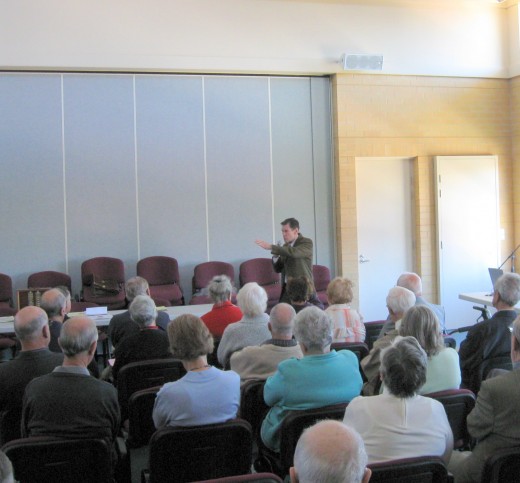
How not to tell a fairy story.
“A little girl called Goldilocks finds a house in a nearby forest belonging to a family of bears: a father, mother and baby bear. She goes inside, finds and tries three different dishes of porridge but only likes one. Then she sits in three different chairs; only one suits her. Then the little girls gets tired, tries three different beds and finds that the last of the beds suits her fine. She drops of to sleep. The bears come home. They know someone’s been in the house. Then they find her. Goldilocks wakes up and runs away.”
Even using suitable pausing, this story is over before it begins: forty-five seconds.
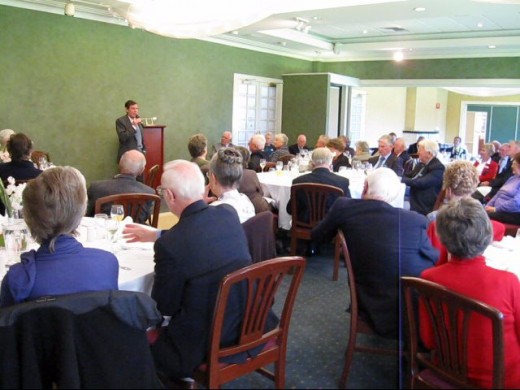
The story IS the entertainment
Yes, I know this is unfair to Craig and Darren. They did say one should use dialogue, get audience involvement, et cetera. However, I cannot but disagree with the concept that the story should be kept as short as possible; or even as short as practicable. Perhaps in the purely persuasive, motivational speech this is the case. It certainly is not the case when the main purpose is to entertain. The story is the entertainment. A memorable message can be part of it and, in some of my own stories, this is the case. But the audience remember the story, then the message integral to the story. They recall it is that order: story first, message second.
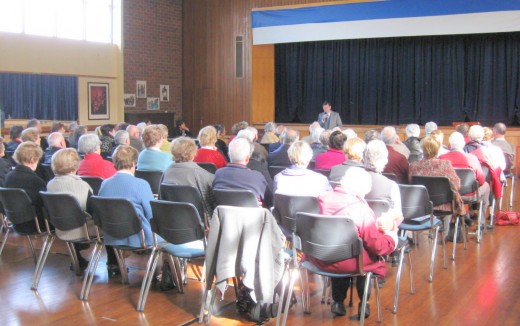
Stories are remembered!
And stories are remembered! I can recall meeting a woman who remembered a story I’d told to an audience she’d been in over twenty years earlier. She didn’t know the title, but she knew what it was about. But to get back...
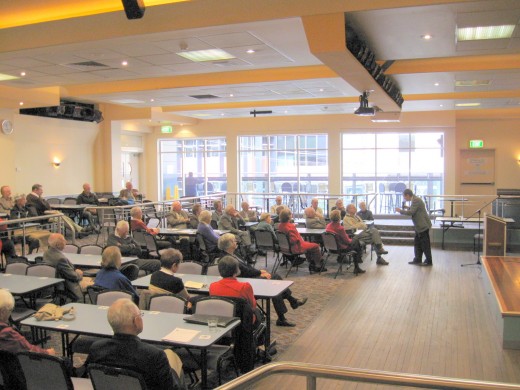
How a seven-minute story became a forty-five minute drama.
Some stories grow in length the more they are told. I used to tell a story about the “Titanic.” which when told the first time, went for seven minutes. As the years went by I added more detail – and invariably more description a drama - until it is now a forty-five minute oral presentation. And I know it’s good. For on quite a number of occasions I have been told that “That was better than the film.” And “I loved it, far better than reading about it, or watching a documentary,” And some of the best of all “You’re the best speaker we’ve ever had here,- loved the story,” et cetera.
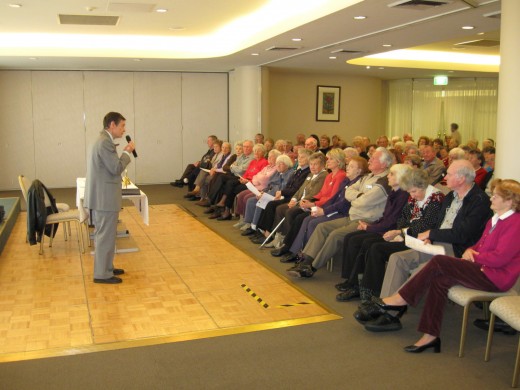
If it leaves a lasting message...well, that's a bonus
So, in conclusion, I have to say that although I learned a lot from these two masters of the platform, I am yet to be convinced that a story should be made as short as it can be. To me, a story is a story...and a story should be told so that it not only creates pictures in the mind of the audience and emotions in their hearts, but that these pictures and emotions should be given as long a play as the speaker senses the audience desires. And if it leaves a lasting message...well, that’s a bonus.
More on the writer
- Tom Ware Public Speaking The Prince of Storytellers
Tom Ware Public Speaking! Tips, events and videos to help you become a gifted speaker. Visit now!

